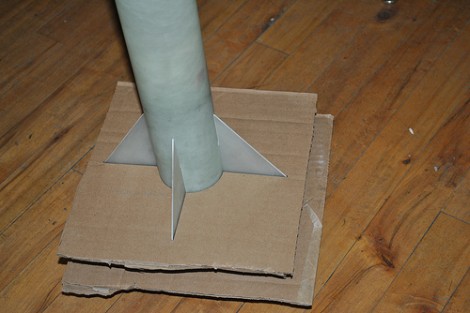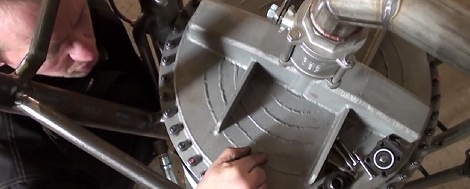
Last month, the Cambridge University Spaceflight society launched two stages of their Martlet 1 three-stage rocket. After seeing our call for rocket builds, they sent in a launch report. We’re glad they did; it’s an amazing piece of work that screams into the atmosphere faster than the speed of sound.
The society is designed the three-stage Martlet 1 with the goal of reaching 15km (50,000 feet) over a launch range at Ben Armine in Scotland. This launch was a test of stage separation, intended to work out any bugs in the system before going to the full-sized rocket.
When Martlet 1 takes off, it’s 1st stage engine fires for 5 seconds and coasts for another 9 seconds. In the video after the break, the guys expected to hear the pop of the second stage igniting after 14 seconds. The team forgot to account for the fact the rocket would be 3km in the air at that time, and thanks to the slowness of sound the second stage was heard though the clouds at 25 seconds after launch.
With rockets, hardly anything goes exactly as planned, so unfortunately the team only recovered the bottom half of their rocket. After searching over 60 square km for the second stage, the guys realized it might be lost to the moors of Scotland. Hopefully the second stage will turn up soon so the full 3 stage stack can be realized.
Check out the launch videos after the break.
Continue reading “Two-stage Rocket Climbs To 15 Km, Promptly Gets Lost”















